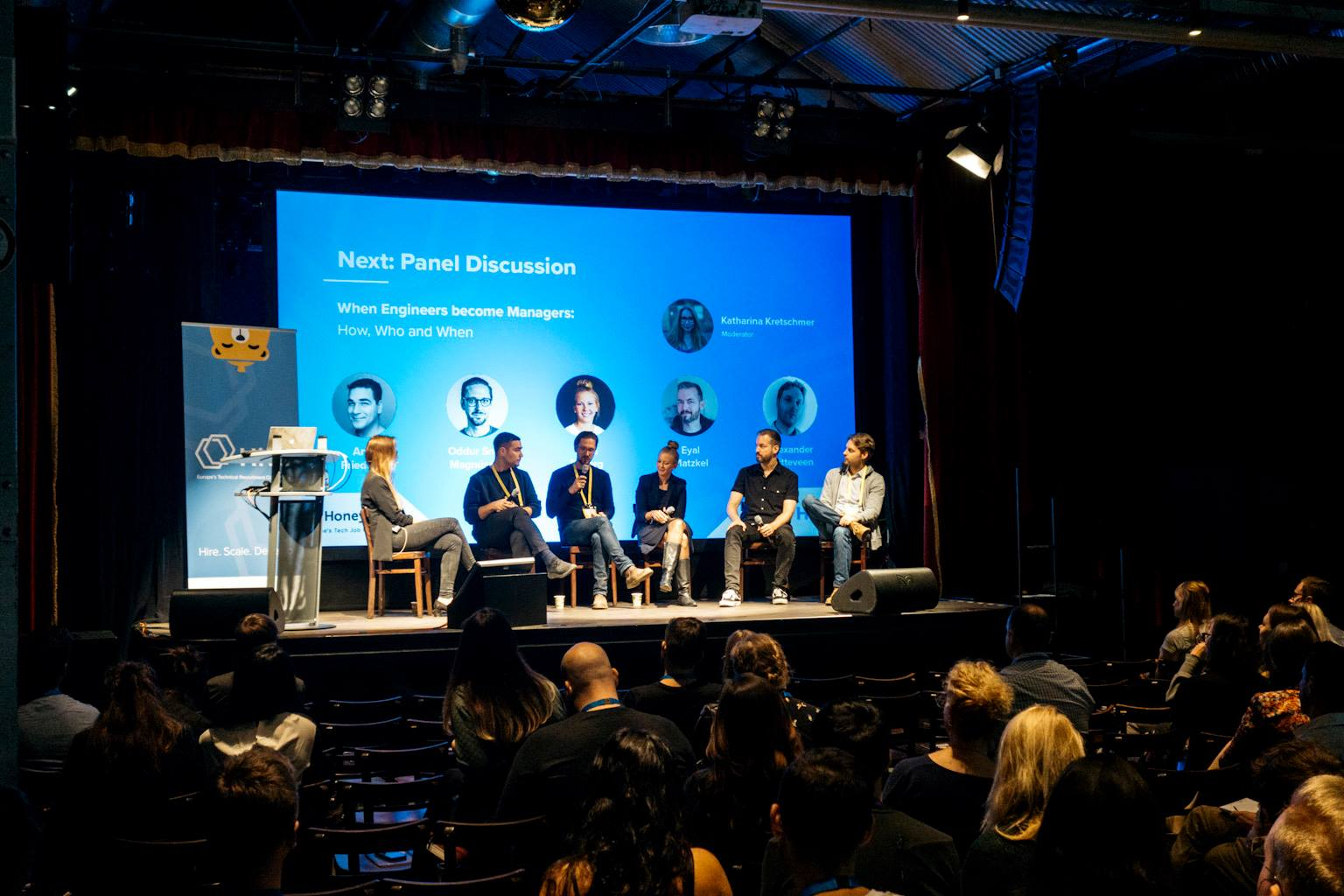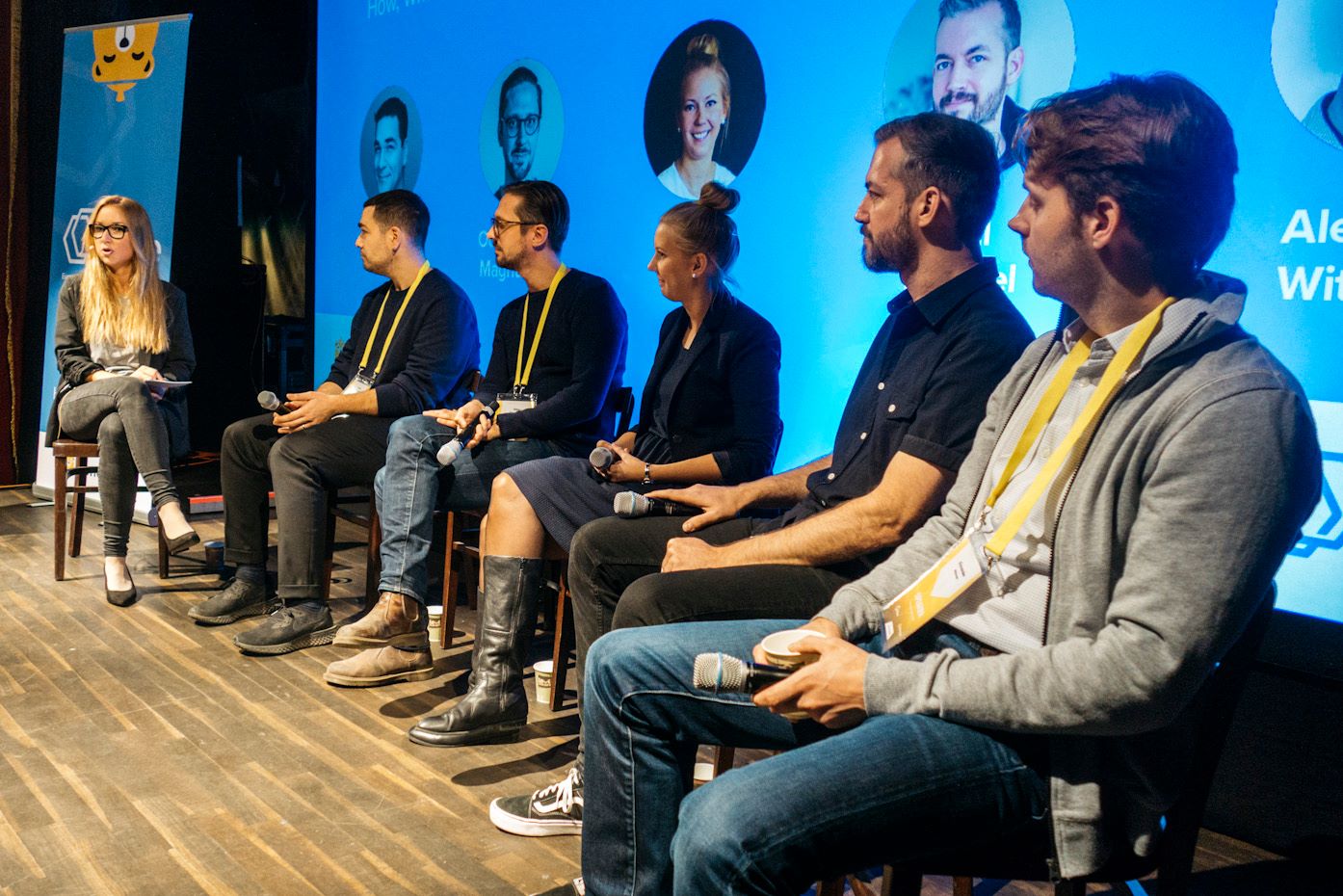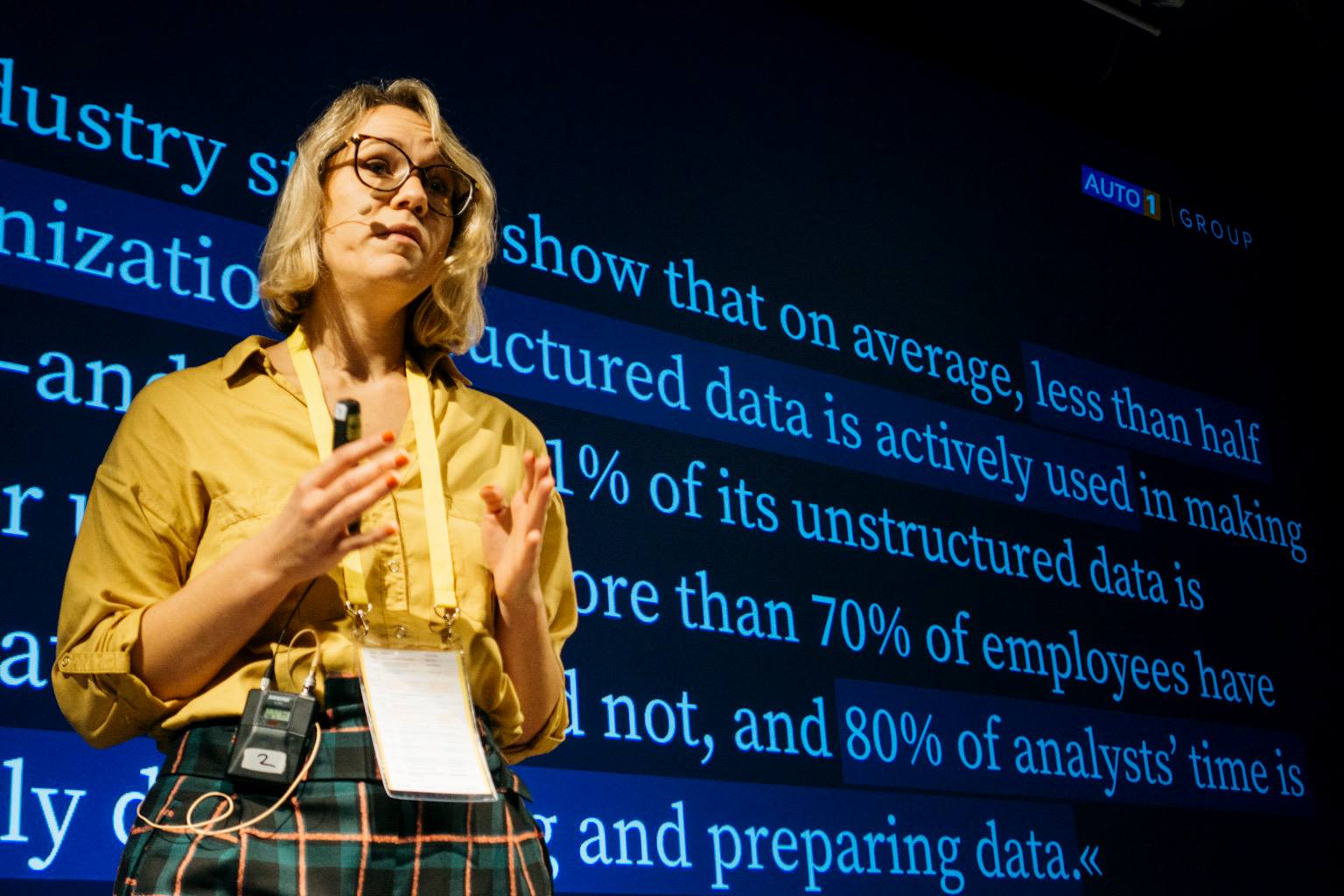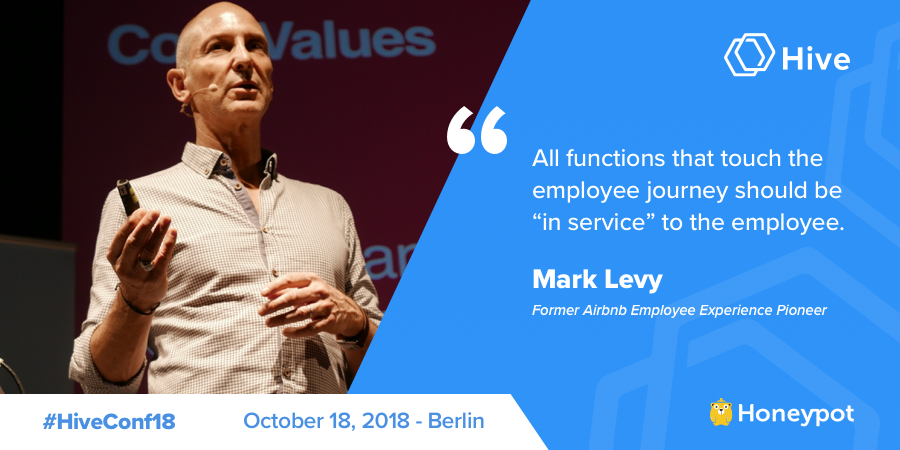
How HR Analytics is Shaping Hiring Trends in 2019
HR Tips Priscilla Tenggara
Last week, 200 HR and engineering leaders gathered in one of Berlin’s iconic venues, Festsaal Kreuzberg, to participate in our first ever Hive Conference. Throughout the day, attendees gained the latest insights on recruiting top tech talents, scaling an engineering team and building an effective leadership pipeline while listening to industry speakers, participating in workshops and networking with HR and tech professionals.

During #HiveConf18, we chatted with HR leaders from Delivery Hero, Lufthansa, Zalando and more to learn more about top HR trends to anticipate next year. While employee branding and company culture dominated as HR trends this year, in 2019, many are shifting their eyes towards the development of analytics and predictive technologies within people management.
So what are HR Analytics and why should you care?
HR analytics provides insights for organizations to efficiently hire and manage employees so that business goals can be quickly reached. According to Jan Werth, a Senior IT Recruiter at MYTOYS Group, “HR analytics will be a huge help for recruiters in terms of automating certain aspects of the talent search process.”’ By using employee data to make decisions, HR teams can improve ways they attract, manage, and retain talent, which can help create a better work environment, maximize employee productivity and increase your return on investment.

Jan Werth at Hive
Trends paving demand for HR Analytics
HR technology has advanced since the traditional HR management solution days. Today, tools are often real-time cloud and mobile based with solutions integrated into employee hires, performance-tracking and wellness. Sierra-Cedar research shows that 45% of large companies and 51% of mid-sized companies are increasing their spending on HR technology. With that said, the proliferation of HR advancements are providing companies with more data towards employee engagements, ultimately gaining better understanding on how they can improve employee experience and productivity. After participating in our panel, Erika Enberg, the Director of People and Culture at Blacklane, adds, “automation will continue in 2019, and eventually robots and chatbots can help us manage and measure employee experience.”

Erika Enberg and the rest of the “When engineers become managers” panel
Quality and quantity of workforce data is on the rise. Organizations today have more access to accurate, reliable, and integrated data than previous years. This makes it much easier for HR teams to leverage their analytics and dive deeper into operational challenges that can improve the organization’s performance. Through this predictive form of analytics, Daša Rupar, the Senior HR Analytics Manager at AUTO1, emphasizes that companies should not only “count the numbers but also use them to support long-term business decisions.”

Daša Rupar at Hive
Hiring well is becoming more competitive. Teams are constantly searching for the best talent; throughout this process, HR analytics can address this challenge by using data to plan and identify the future needs of an organization in terms of number of hires, types of positions, skills and experience needed. A data-driven approach also provides access to a pool of filtered candidates so organizations can predict where they need to be in the next few years.
Challenges & Benefits of HR Analytics
The path to actionable HR analytics is not always easy. There are many hurdles that teams need to surpass in order to benefit from the rewards. Challenges can include finding people with the right skill sets to manage the data, lack of real time performance analysis, delayed feedback, data validity, poorly defined metrics or even finding the right HR technologies to manage the data.
Despite the given obstacles, the benefits that come with HR analytics can outweigh the hurdles. After his talk, Mark Levy, Airbnb’s former Employee Experience Pioneer, shared, “these data can help us understand the nuances and needs of different employees, so that we can help people be their best self both outside and inside of work.”

A quote taken from Mark Levy’s talk at Hive
Making decisions based on past data can lead to better hires, improved productivity, informed predictions and optimal return on investment. In sum, HR analytics could not only help from an operational perspective but could also serve as a strategic way for companies to reach business objectives.
So what’s the future of HR Analytics?
In short, systems are changing just as much as we are. People are not looking for jobs the same way they did ten years ago; with that said, it’s vital that companies update how they recruit and manage talent. Jeri Doris, Chief People Officer at Delivery Hero, concludes that “employee experience will continue to be a key factor, but data will determine what shapes predictions on understanding trends in a people-perspective and how we improve the work experience.”

A quote taken from Jeri Doris’ talk at Hive
Ultimately, as we move forward, more and more teams will integrate HR analytics across various organizational functions in order to define the most efficient ways to achieve future business success.
PS: Sorry you missed #HiveConf18? Check out our post-event teaser below!







